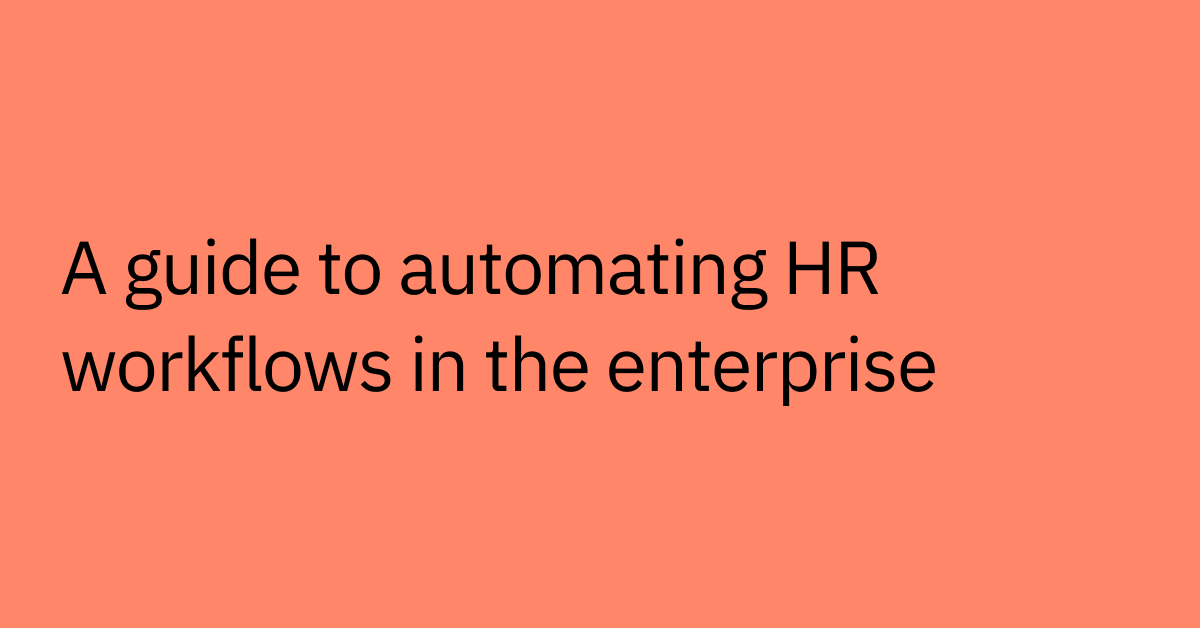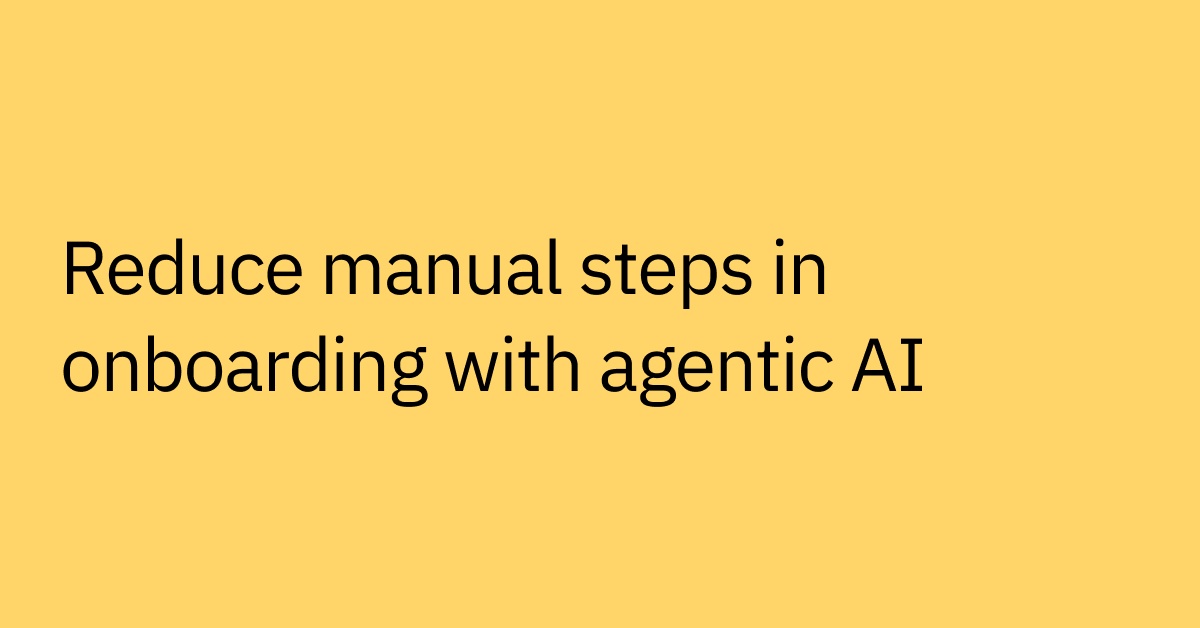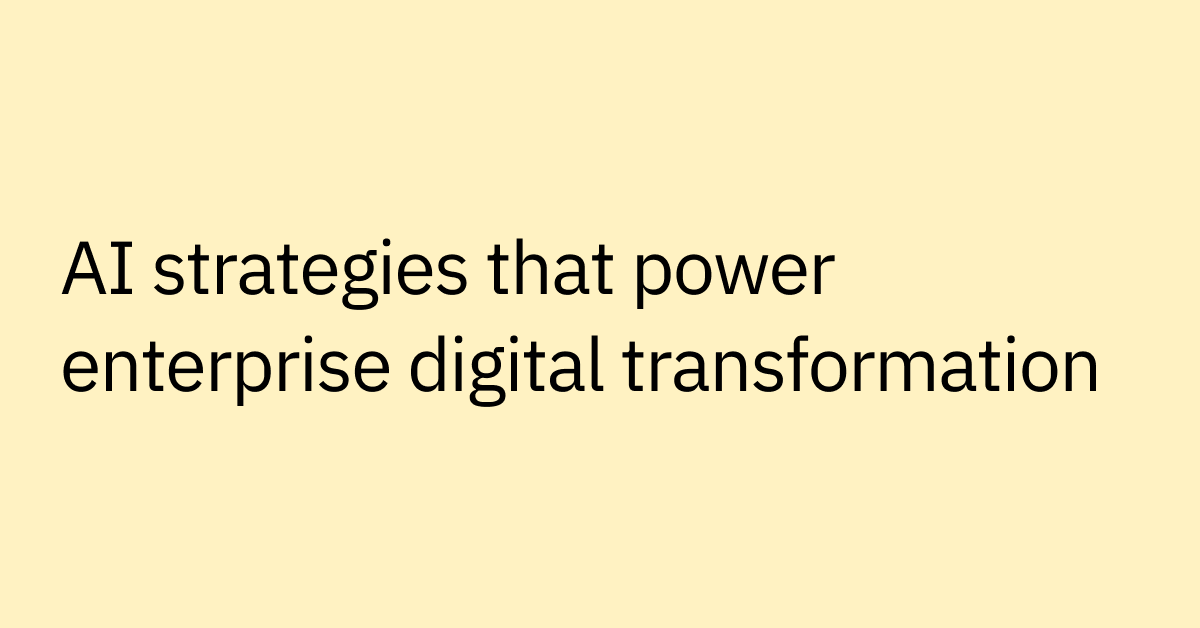Table of contents
Employee service has always been stubbornly people-intensive. But this past year, everything changed.
Unlike simple chatbots, conversational AI utilizes advanced natural language processing, machine learning, and AI to enable natural, human-like interactions between computer systems and human users. This technology is poised to revolutionize healthcare delivery by streamlining workflows, improving access, and enhancing patient engagement.
In the sections that follow, we will highlight how conversational AI is currently being used in healthcare and showcase specific examples of organizations currently using conversational AI to enhance workflows, improve access, and create better patient experiences. The future of healthcare will undoubtedly include conversational AI as a core tool for delivering efficient, high-quality care. We’ll cover:
- What conversational AI is in healthcare
- Conversational AI use cases in healthcare
- Challenges of conversational AI in healthcare
- The benefits of conversational AI in healthcare
- How conversational AI works in healthcare
- Conversational AI strategy for healthcare
What is conversational AI in healthcare?
Conversational AI represents a technological breakthrough that stands to benefit healthcare greatly. But before exploring its many use cases, it's essential to clarify precisely what conversational AI is.
At a basic level, conversational AI allows for natural, human-like interactions between computers and users. It utilizes advanced artificial intelligence, machine learning, and natural language processing to comprehend free-form human speech or text input. This is vastly more sophisticated than simple chatbots, which rely on scripted responses.
True conversational AI has the flexibility and intelligence to respond appropriately to an infinite array of possible conversational scenarios. It can maintain context, ask clarifying questions, and handle complex interactions. Over time, conversational AI systems continuously improve through machine learning.
Healthcare organizations implementing conversational AI are seeing improvements in efficiencies, access, costs, retention, and patient satisfaction by automating routine administrative tasks, freeing up staff for higher-value work, and more.
Conversational AI represents a new paradigm in human-computer interaction. This technology will soon become an indispensable tool for delivering modern healthcare. With this in mind, let’s look at some of the top use cases for conversational AI in healthcare.
Conversational AI use cases in healthcare
Conversational AI is transforming workflows and operations for healthcare providers in the following ways:
- Automating high-volume administrative tasks, freeing up staff for more meaningful work.
- Centralizing access to knowledge into the natural workflow, reducing time spent toggling between systems.
- Facilitating the dissemination of new protocols, care guidelines, and announcements across the organization to keep all staff aligned.
- Proactively addressing IT issues and commonly asked questions from staff. This prevents problems before they occur and reduces the burden on help desks.
- Monitoring utilization trends and other operational data to optimize supporting employees
- Streamlining workflows
- Enabling 24/7 self-service for common staff queries on HR policies, benefits, schedules, etc.
On the patient side, conversational AI has an equally long list of use cases:
- Providing automated appointment reminders and scheduling
- Answering common patient questions about symptoms, treatments, medications, etc.
- Gathering patient health history and insurance information
- Simplifying prescription refill requests
- Guiding patients through triage questions to assess urgency
- Delivering after-care instructions and follow-ups post-discharge
- Offering health coaching and chronic disease management
- Enabling voice-based interactions for telehealth visits
- Analyzing usage patterns to provide personalized recommendations
- Sending preventative care reminders to patients
- Integrating with remote monitoring devices to track health data
- Empowering patients to easily access medical records and test results
The overarching focus of all these examples is on using conversational AI to simplify workflows, surface the right information at the right time, and alleviate repetitive tasks — allowing healthcare professionals and patients alike to devote more time to delivering high-quality patient care and improving outcomes across the board.
Challenges of conversational AI in healthcare
While conversational AI offers immense potential, there are also important challenges that healthcare organizations need to address:
- Costs: Licensing fees, development, maintenance, and integration can require significant investment. Organizations need to balance costs against expected benefits.
- Data privacy: Healthcare data is highly sensitive. Ensuring HIPAA compliance and patient privacy is paramount when implementing conversational AI that accesses PHI.
- Risks and uncertainty: As an emerging technology, best practices are still evolving. Managing risk around accuracy, security, and accountability is key in healthcare.
- Integration difficulties: Integrating conversational AI with EHRs, billing systems, and other complex healthcare IT can be challenging, and as such, any AI implementation requires thoughtful design.
- Limited access to quality training data: Conversational AI relies on large volumes of representative healthcare data for training, which can be difficult for smaller organizations to obtain.
- Lack of in-house AI expertise: Most healthcare organizations lack specialized AI/NLP talent to build and maintain complex conversational AI systems in-house. Relying on vendors is often necessary.
While substantial, these challenges are not insurmountable. With careful planning, prudent vendor selection, and phased deployment focused on the highest impact areas, healthcare organizations can overcome these hurdles and realize significant value from conversational AI adoption. This technology presents an enormous opportunity to improve workflows, access, satisfaction, and care quality once implemented thoughtfully.
Even with these challenges, the benefits are immeasurable to the industry and serve to provide positive impacts on patients, healthcare practitioners, and organizations.
Benefits of conversational AI in healthcare
Deploying conversational AI delivers significant benefits:
- Increased productivity: By automating administrative tasks, conversational AI enables staff to focus on higher-value work.
- Lower costs: Conversational AI reduces support tickets, phone calls, and other expenses associated with manual support.
- Improved satisfaction: Self-service boosts staff and patient satisfaction.
- Better retention: Streamlining workflows and access to knowledge enhances retention of talent.
- Higher quality care: With more time spent on patients versus administrative tasks, care quality increases.
- 24/7 availability: Patients and employees get quick answers to common questions at any time via conversational AI.
- Accelerated workflows: Immediate access to knowledge and automating requests speed up workflows.
Overall, conversational AI reduces healthcare costs, unburdens staff, promotes engagement, and delivers higher quality patient care. Leading providers are achieving game-changing ROI from conversational AI.
How does conversational AI work in healthcare?
When we talk about the healthcare sector, we aren’t referring solely to medical professionals such as doctors, nurses, medics, etc., but also to administrative staff at hospitals, clinics, and other healthcare facilities.
Healthcare organizations like hospitals and clinics deal with a high volume of inquiries and requests from staff on a daily basis. These can range from administrative questions to issues with IT systems to guidance needed for patient care. During times of crisis like COVID-19, the flood of questions and the need for support skyrockets. This results in overwhelmed help desks and staff wasting time toggling between different systems or tracking down information.
Conversational AI provides a solution by automating responses to many routine, repetitive questions and tasks. With natural language capabilities and integration with backend systems, conversational AI-powered assistants, known as AI copilots, can act as support agents using advanced models to understand requests, analyze data, and deliver solutions.
Powered by large language models (LLMs), these copilots possess deep knowledge across various systems and domains across a healthcare organization. They can respond contextually to a wide array of possible questions and conversations. And over time, the copilots continuously improve through machine learning.
The healthcare sector can undoubtedly benefit tremendously from such AI-driven customer care automation. Leading healthcare institutions have already implemented AI-powered copilots in partnership with Moveworks to improve their organizations' day-to-day and the patients they serve.
Wellstar powers self-service support with conversational AI that works out of the box
Wellstar, the largest and most integrated healthcare system in the state of Georgia, leverages conversational AI to enable employees to self-service their own IT support needs. The healthcare provider deployed Moveworks' copilot, affectionately called WALi, on their messaging platform. With natural language understanding, WALi has automated conversations with staff to resolve issues instantly.
Powered by Moveworks' AI engine, WALi required no lengthy setup or manual dialog creation. It provided instant ROI by syncing with Wellstar's systems and adapting to users. Employees simply chat with WALi to get passwords reset, ask HR questions, or address other requests.
Within months, staff had over 100,000 conversations with the AI assistant. By empowering employees to self-serve, Wellstar reduced the burden on IT teams. Conversational AI delivers fast, personalized support, allowing over 26K healthcare employees to focus on patient care instead of tech hurdles.
Luminis unites fragmented knowledge with conversational AI
Luminis Health, a not-for-profit health system that serves 1.8 million people across central Maryland, leverages conversational AI to provide seamless access to information across its fragmented knowledge bases. The healthcare provider deployed Moveworks' AI copilot on Microsoft Teams. Named Lumi, the copilot is a single point of contact for employees to get support instantly within the tools they already use.
Powered by natural language understanding, Lumi breaks down requests, maps them to relevant solutions across Luminis' many enterprise systems, and delivers personalized answers. This approach eliminates the need for employees to dig through separate knowledge bases or siloed documents. By unifying access to tribal knowledge, Lumi resolves issues in seconds without any back and forth.
Within two weeks of launch, call volume to Luminis' IT help desk dropped by 25%. Lumi automates routine requests so that agents can focus on high-impact initiatives. The conversational AI assistant unites fragmented information so that employees get the knowledge they need when they need it.
Vituity proactively communicates critical information with conversational AI
Vituity, one of the largest acute care providers in the United States, uses conversational AI to get ahead of issues with proactive messaging. Historically, the healthcare provider relied on mass emails to communicate with employees. But with inbox overload, these broadcast messages often went unread.
To address this, Vituity deployed a Moveworks copilot, Otto, on Microsoft Teams. With Moveworks for Employee Communications, Vituity sends targeted announcements to specific groups based on location, role, and preferences.
Otto enables leaders to share critical, time-sensitive updates right within Teams conversations. The bot also measures message engagement, handles individual follow-ups, and reports back insights.
By replacing ineffective emails with personalized, interactive communications, Vituity keeps physicians informed proactively. Conversational AI transforms how they alert, educate, and inspire their distributed workforce.
Mass General Brigham fights frontline worker burnout with conversational AI
At Mass General Brigham (MGB), a not-for-profit integrated healthcare system and national leader in medical research, teaching, and patient care, the CIO is on a mission to combat burnout among the healthcare provider's 77,000 employees. With constant stress and round-the-clock demands, frontline workers, in particular, feel drained. The CIO realized technology could help relieve some of their burden.
By deploying Moveworks' copilot, MGB gave nurses, doctors, and other frontline staff an instant self-service IT solution right within the tools they already use. Instead of waiting on hold or submitting tickets, they get answers in seconds. This solution saves precious time they can devote to patient care instead of IT frustrations.
But the CIO didn't stop there. He sees listening as the key to leading with empathy. Using insights from Moveworks, the CIO better understands where employees are still struggling, allowing him to proactively improve their experience, whether streamlining workflows or providing new training.
With creative solutions that automate the small stuff while supporting overall well-being, MGB continues to drive down burnout. His high-tech, high-touch approach keeps mission-critical frontline workers engaged.
Considerations for building a conversational AI strategy for healthcare organizations
Healthcare organizations have unique needs and challenges when implementing conversational AI. It's crucial to thoroughly evaluate platforms before investing, as deploying new technology like AI carries risks.
Here are key considerations when building a healthcare conversational AI strategy:
- Ease adoption by starting with automating painful tasks to prove value. Make usage seamless within existing workflows to minimize resistance from burnt-out staff.
- Prioritize security and compliance by working with HIPAA-compliant vendors with robust practices. Follow protected health information (PHI) protocols, including data handling and access controls.
- Start small and scale thoughtfully by rolling out limited use cases first before expanding capabilities. Then, move from simple to complex use cases once the initial ROI is proven.
- Optimize continuously by gathering feedback, expanding knowledge, and monitoring accuracy and usage metrics. Note that enterprise conversational AI requires a deep understanding of industry and workplace-specific language. Vendors relying solely on generic pre-trained models may struggle with specialized, healthcare-related vocabulary.
- Access quality training data since conversational AI relies on comprehensive industry-specific data. Work with vendors that can provide industry-specific data to fuel advanced natural language capabilities, and stress the importance of testing the platform with your own unique data and use cases during an interactive demo to reveal how it will actually perform once deployed.
- See real-world performance by asking for demos using your data and with actual customers. This approach reveals true capabilities beyond marketing.
- Focus on finding AI expertise as productionizing conversational AI is highly complex. Vendors with experience have an advantage in leveraging the latest AI innovations.
With an understanding of these considerations, healthcare organizations can overcome industry-specific challenges and successfully unlock the benefits of conversational AI, from cost savings to improved workflows and patient experiences.
The future of conversational AI in healthcare
Conversational AI has immense potential to continue transforming healthcare in the years ahead. As the underlying natural language processing technology advances, we can expect even more sophisticated applications across the industry.
Our vision is for conversational AI to become a core tool providing the right information at the right time to both healthcare professionals and patients. We see a future where conversational AI enables efficient operations, empowers healthcare workers, and ultimately helps drive better outcomes.
The examples covered in this article represent just early steps on the path toward a more profound transformation of healthcare through conversational AI. We encourage readers to learn more about the possibilities from our company and others pioneering these leading-edge technologies.
Contact Moveworks to learn how AI can supercharge your workforce's productivity.



